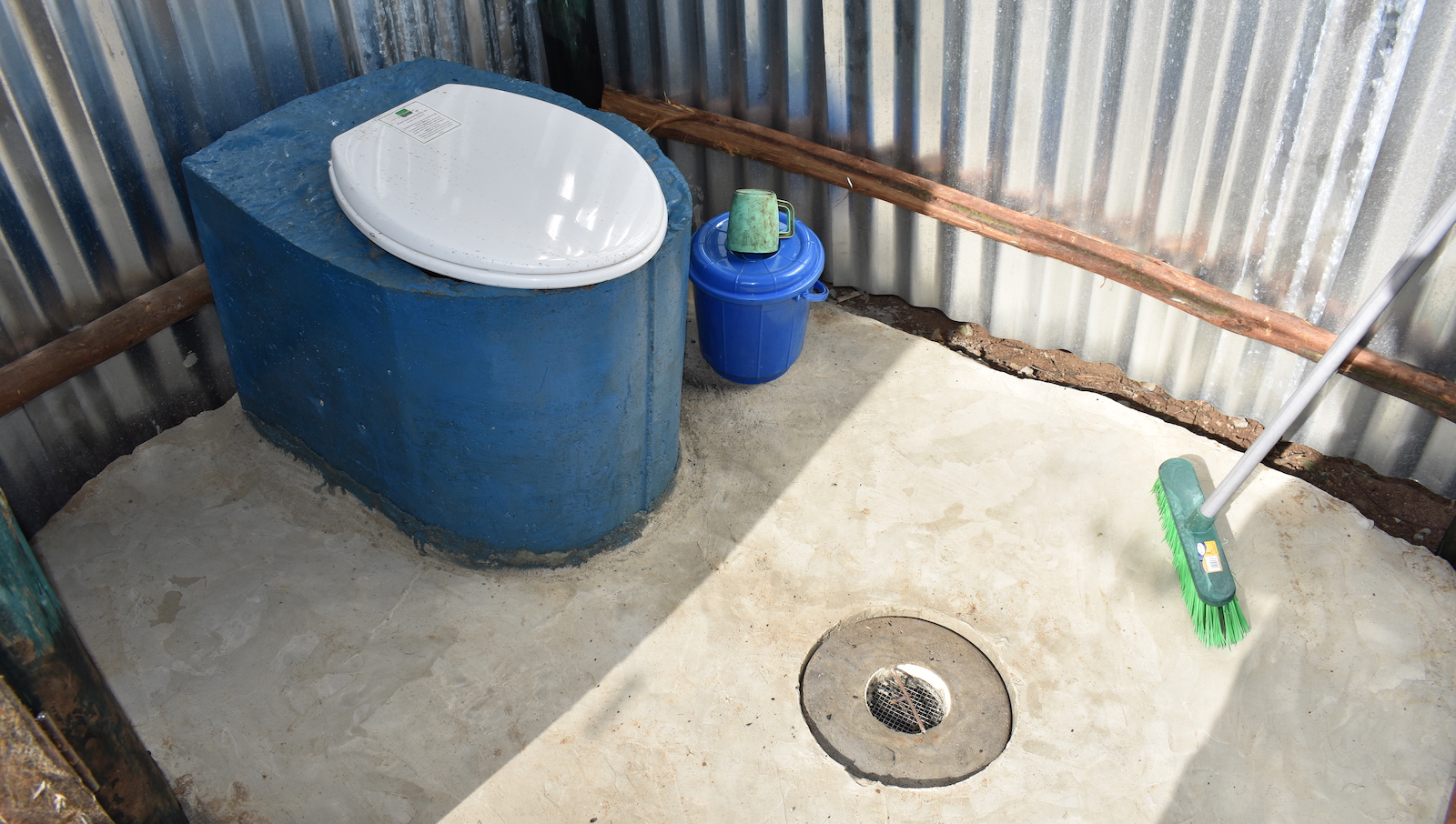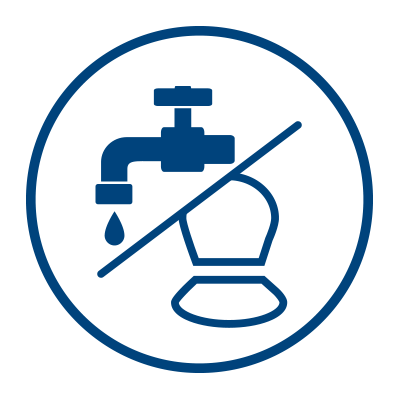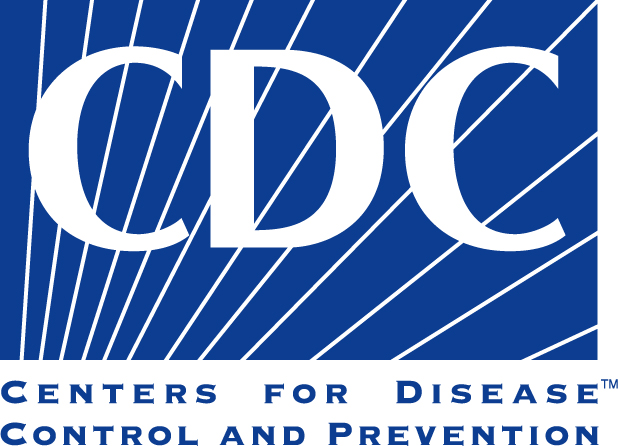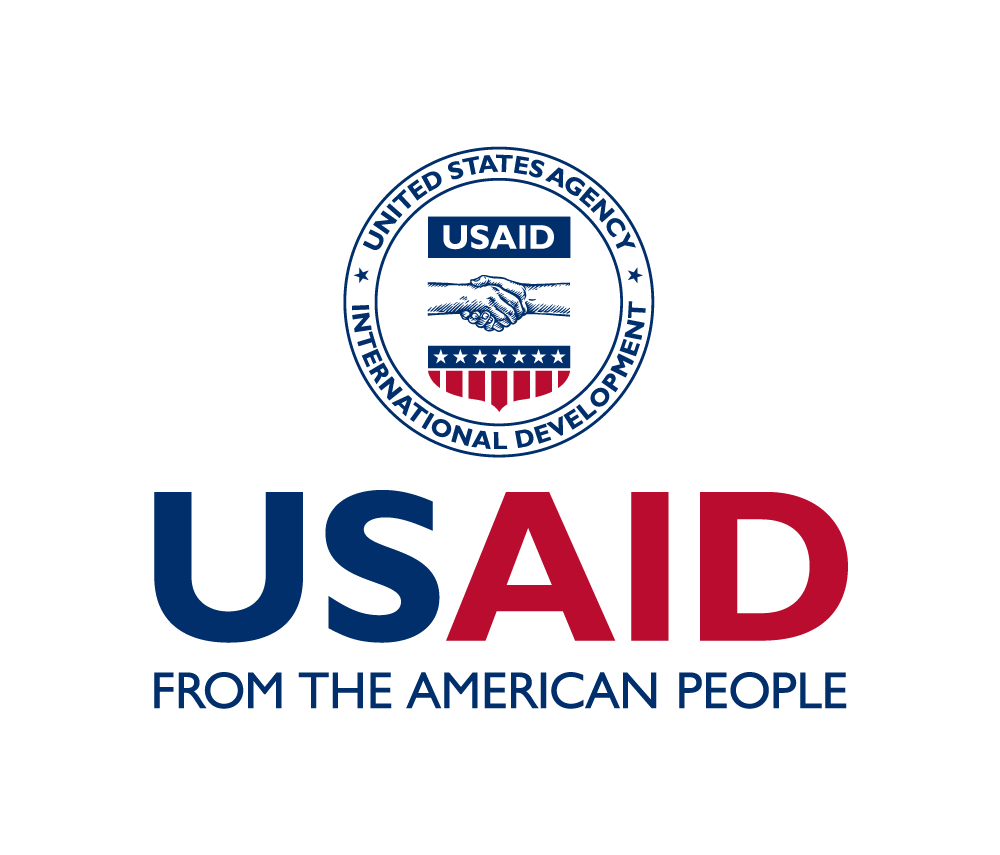Turning Waste into Power

The Story
In Kenya, more than 95 percent of human fecal sludge is released into the environment untreated or inadequately treated, contributing to a high burden of childhood morbidity and mortality from diarrheal diseases. In addition, charcoal made from illegally logged trees is a major source of cooking fuel in Kenya, contributing to deforestation and to unhealthy indoor air quality.
In 2013, the Centers for Disease Control and Prevention (CDC) supported and evaluated a small-scale pilot of an innovative system for solar treatment of fecal waste, developed by Sanivation, a Kenya-based limited liability company, and implemented in the Kakuma Refugee Camp. Two years later, CDC and USAID provided additional funding and technical expertise for a more in-depth evaluation of Sanivation’s program that provided container-based sanitation services to subscribing households in Naivasha, Kenya. In this program, Sanivation developed a method to mix the treated waste with carbonized agricultural materials post-harvest to make briquettes for cooking. These briquettes burned longer and cleaner than charcoal briquettes made from trees, and were sold to local restaurants and households, reducing the environmental impact of deforestation and providing cleaner, longer-lasting fuel. In 2016, Kenya adopted an Environmental Health and Sanitation Policy designed to achieve universal access to basic sanitation, while prioritizing technologies with greater emphasis on resource recovery and safely managed sanitation systems.
In 2017, Sanivation received additional funding and technical support from CDC to scale-up their Naivasha operation from household container-based sanitation to larger sources of fecal waste, including pit latrines, septic tanks, and other community sources. When collected by vacuum trucks, this waste can be brought to the municipal wastewater treatment facility.
However, the wastewater treatment facility in Naivasha has been unable to properly process all the waste it receives, and regularly releases inadequately treated waste into Lake Naivasha. That same year, while CDC supported Sanivation’s research into making viable fuel from the waste in pit latrines and septic tanks, USAID awarded Sanivation a grant to develop a larger fecal sludge treatment facility for this purpose. The local government awarded Sanivation a site for the facility immediately adjacent to the existing wastewater treatment facility. By the end of 2018, Sanivation had successfully treated waste from vacuum trucks and manufactured briquettes from that waste, and had scaled-up waste treatment and briquette production at its original site from 1 to 4 tons per month. In addition, work had been completed on Sanivation’s new site, which will be able to treat up to 100 tons of waste from vacuum trucks. At the new site, fecal sludge will be treated by passage through a viscous heater, and the treated waste will be mixed with scrap wood chips and extruded as super logs for heating in industrial boilers. Sanivation now has the capacity to reduce the amount of fecal waste discharged untreated into the environment by over 104 tons per month, while reducing deforestation and providing over 140 tons of cleaner fuel for cooking and heating.
Find More
Strategic Objective(S)
 Access to Safe Drinking Water and Sanitation
Access to Safe Drinking Water and Sanitation
 Water Resources Management
Water Resources Management




Highlight